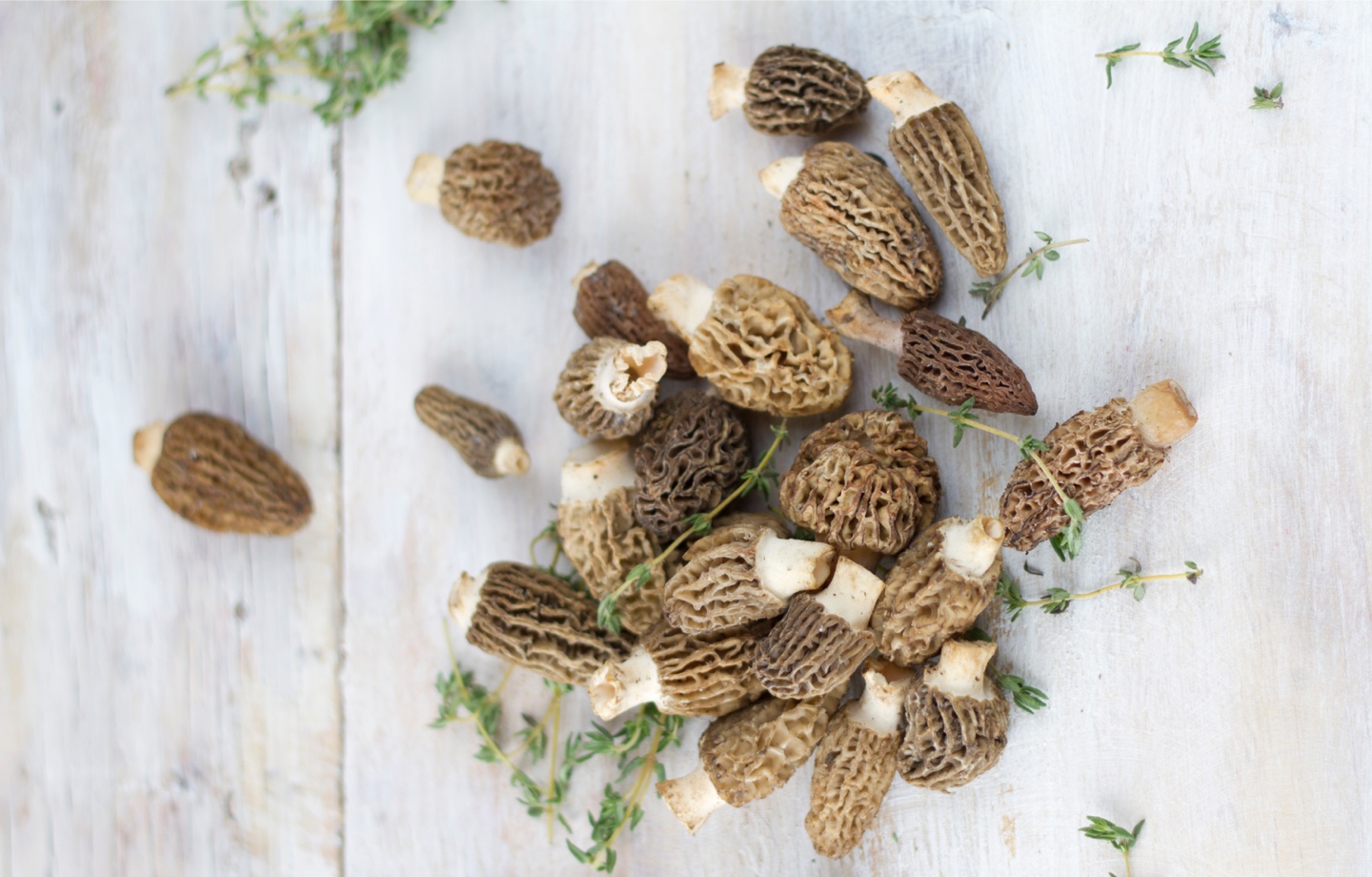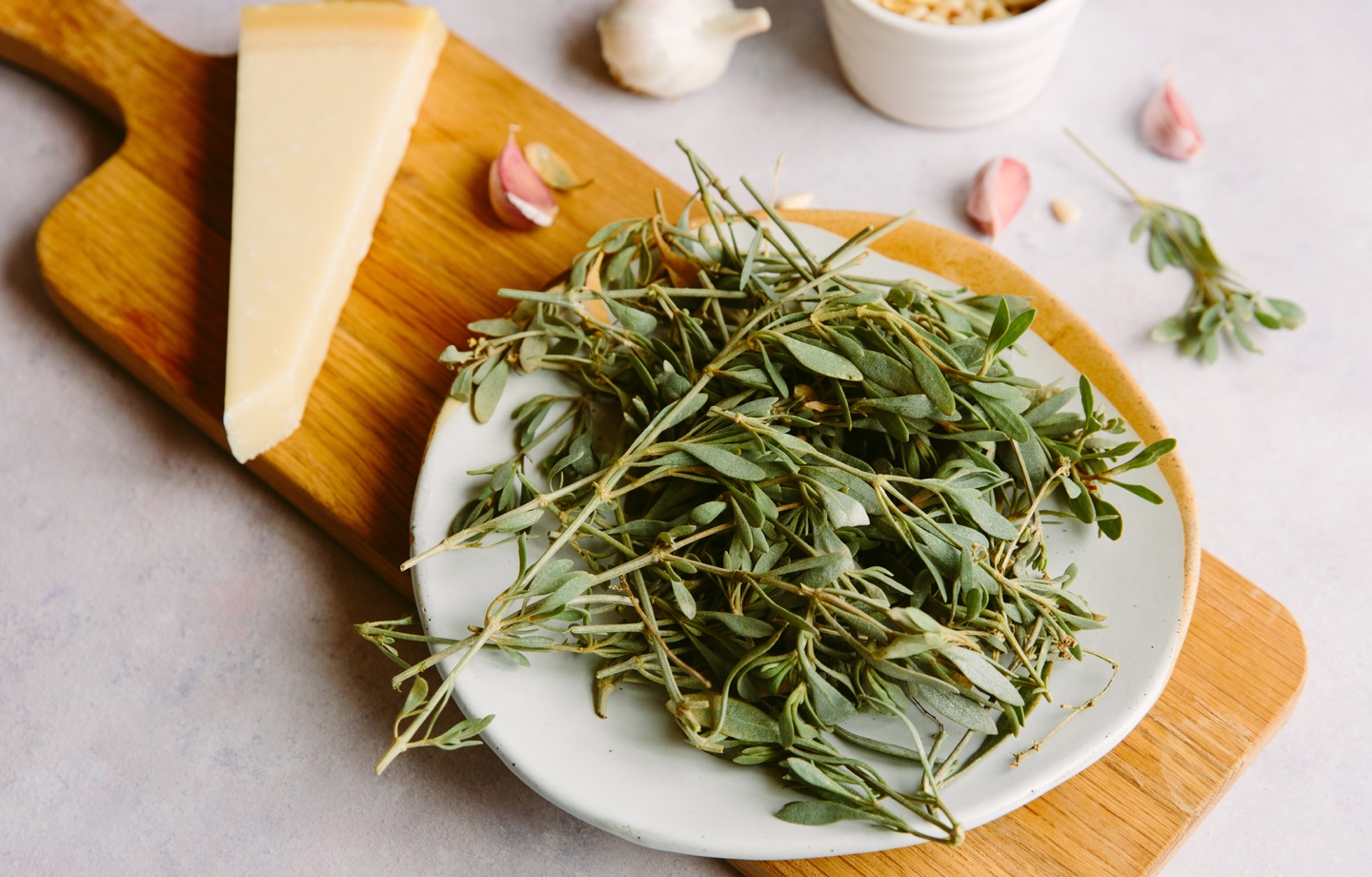Sharing nature’s bounty with friends reconnections us with each other and the wild world.
The dinner party wasn’t populated by farmers. The host was a film producer, the attendees firemen, teachers, therapists, doctors, environmental lawyers, engineers, and writers. But when we sat down to eat, we gathered around a table laden with food gathered, grown, and harvested by the folks to our left and our right.
We came from near and far: many of us were local to the Santa Fe, New Mexico, area, others hailed from the Pacific Northwest and the Western Slope of Colorado. We passed around plates of seared elk tenderloin, harvested in a fall hunt just a few weeks earlier. A steaming casserole dish held gooey mac n’ cheese loaded with oyster mushrooms foraged from the forests outside Portland. On crusty bread, we smeared goat cheese made by a guest who volunteers at a goat co-op, milking the animals once a week in exchange for a regular supply of fresh dairy. A flock of quail on the property provided tiny, densely flavorful eggs, and the host’s chickens — as well as a few other guests’ own flocks — provided the rest.
My life is slowly filling up with local food produced, harvested, foraged, and prepared by my peers. Maybe, as I near 30, I’m just aging into a time of life where my friends and I have the resources and space to take on projects like a garden or a gig milking goats. But I think it’s cultural, too.
I live in a place with ample infrastructure and support for hobbyists, where everyone takes to the forests when the mushrooms begin to grow, community farms offer classes and work-trade opportunities, and hunting and fishing are widely practiced. But even in places like New York City and Columbus, Ohio, interest in finding or growing your own food is having a genuine renaissance.

Read more: How to Grow Mushrooms at Home
The idea of sourcing my own food — foraging, hunting, fishing, gardening — used to feel daunting. I grew up in the suburbs of Seattle and bounced around between major cities in my early 20s. And while my parents kept a sprawling garden with happy, heavily producing blueberry bushes, grapevines, fruit trees, and tomato plants, the idea of something as simple as searching for mushrooms in the woods was entirely foreign. Once, in Vermont, I came across the biggest lion’s mane mushroom I’ve ever seen, took a picture of it, and left it there, uncertain if I could — or would even want to — eat it.
“Now my diet is punctuated with food that has a much less mysterious supply chain, and a much shorter travel time from where it grew or lived to where it’s consumed. That feels good.”
Foraging felt dangerous, gardening seemed complicated, and keeping chickens too great a responsibility. But when I moved to Northern New Mexico, I was introduced to these practices in a way that felt approachable. I realized I don’t have to throw out the grocery list and go full off-the-grid self-sustaining farmer to step into better eating. There were so many smaller steps I could take.
One friend showed me how to identify basic edible fungi, and now I come home from late summer bike rides with a backpack full of porcinis and morels. A few mentors introduced me to hunting, and I now have a freezer full of lean, grassy elk from the high-altitude forests north of town. My roommate started volunteering for the goat co-op, and some other friends who run a small garlic farm send me on my way with a small harvest if I help them out for a day. I still eat plenty of store-bought goods, but now my diet is punctuated with food that has a much less mysterious supply chain, and a much shorter travel time from where it grew or lived to where it’s consumed. That feels good.

Read more: It’s Time to Get Chickens
Eating healthy and sustainable food often means spending a lot of money on groceries, whether at an organic grocery store or a farmer’s market. But sourcing my own food is inexpensive and communal. When one of us has a bounty — whether it’s eggs, zucchini, or milk — we get to distribute it throughout the community. And, as obvious as it sounds, I appreciate my food so much more when I understand, first-hand, the care and effort that goes into growing greens or field-dressing an animal.
Plus, I’m learning patience, diligence, responsibility, and lots of other, more fun things, like where to find the secret morel stashes. I’m grateful for a community of people who showed me that these skills don’t have to come with a profession or a degree — they’re simply human, and offer a deeper connection to your home and the creatures that inhabit it. Including your friends.
Read more: How Food Forests Help Solve Food Security
Have feedback on our story? Email [email protected] to let us know what you think!

Shop Pillows
The Essential Organic Pillow Collection
Gentle, breathable, non-toxic support.







